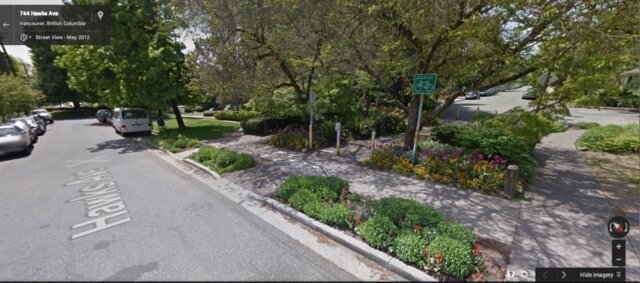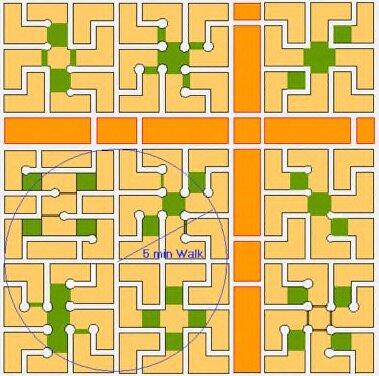The Doable City Reader
There is so much that can be done to make our cities happier, healthier and more prosperous places. Every day in cities around the world, citizens and city planners alike are showing us how small actions can scale up to have massive impact. And they can in your city too.
That’s what the Doable City Reader is about. In June 2014, 8 80 Cities, in collaboration with the Knight Foundation, brought 200 civic innovators from around North America together in Chicago at the Doable City Forum to share and discover methods for rapid change making. The Doable City Reader is inspired by the rich conversations amongst presenters and participants at that forum. It is a resource for any and all people who want to make change in their cities and is meant to educate, inspire and empower anyone to do so.
When it comes to walkability, one of the biggest problems with the pattern of most suburban development is the lack of connectivity between streets. The cul-de-sac street pattern that was originally intended to provide calmer, safer streets has led to neighbourhoods that actually put more cars on the street and prevent walking because the lack of connectivity forces people to walk far out of their way to get anywhere.
A handful of neighbourhoods in Canada are trying to change that by implementing a sort of hybrid model, dubbed by the Canada Mortgage and Housing Corporation as the “fused grid.” The fused grid mostly refers to a road network that looks somewhat like a typical suburban cul-de-sac pattern, but where the cul-de-sacs are connected to one another by pedestrian greenways that enable people to pass through. While this concept does not necessarily solve the other issues that suburban neighbourhoods typically have, such as low density (higher density makes other elements of walkability, such as frequent and reliable transit options and retail, more viable through sheer numbers of users), if such a neighbourhood were built with higher density and a variety of commercial uses and transit options nearby, it could accomplish considerably higher walkability while maintaining the aesthetic and traffic pattern of suburban streets.
A couple of new suburban neighbourhoods are being built in Canada in Ontario and Alberta according to fused grid principles. Some of the same concepts can also be seen in more traditional grid neighbourhoods that have been retrofitted with traffic calming to prevent small local streets from acting as traffic thoroughfares. Examples of this can be seen throughout Vancouver, especially in the neighbourhoods of Grandview-Woodland and Strathcona.



